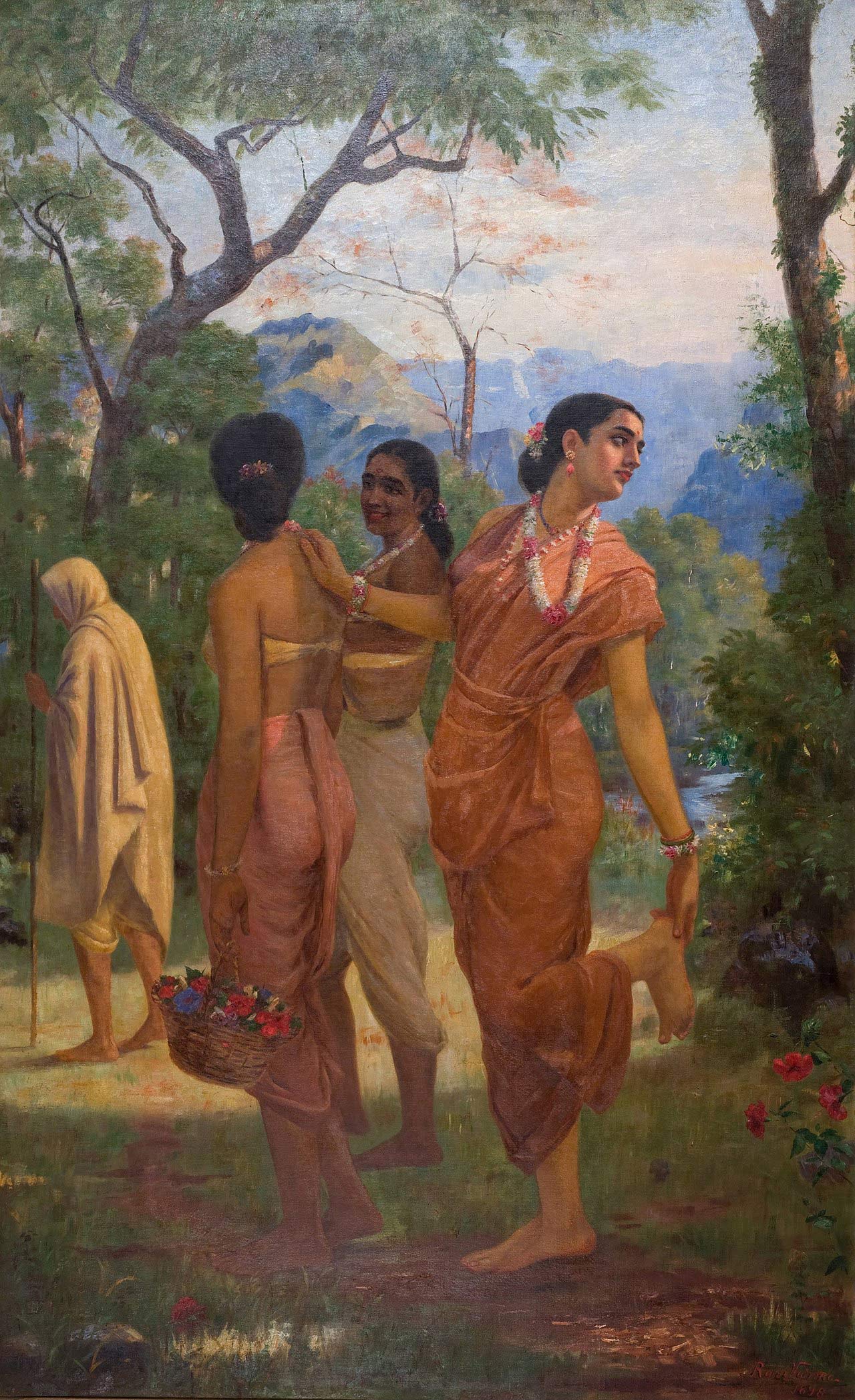History of Christianity through Art and Architecture in Mughal India
- Anoushka Jain
- December 13, 2021

Article by EIH Researcher and Writer
Anupam Tripathi
The most important Christian building in Mughal India bears the somewhat enigmatic name of “Akbar’s Church”. The history of this church dates back to February 18, 1580, when a delegation of three Jesuit priests reached Agra for an audience with Emperor Akbar. Portuguese Fathers RodolfeAquauiua, Antoine de Monserrate and François Henriques had made the long and difficult journey from Goa to Agra. Based on historical accounts, Akbar’s curiosity for different religions led him to invite priests from Goa. The enthusiasm of the holy fathers was as high as they thought Akbar himself would convert, which would open the whole country to conversion.Although priests were received with respect by the emperor, he never converted. The emperor often organized debates between native priests and religious scholars at court. Father Monserrate continued, but the faith preached by these early Jesuits left its mark on Agra. Conversion to Christianity among the locals also took place, adding to the number. Over time, Akbar granted land near an existing Armenian settlement for the first church to rise. This is the site of “Akbar’s Church”, originally built in 1598.According to historian RV Smith, the Christmas celebration would see the Emperor and his nobles come to church in the morning, followed in the evening by the ladies of the harem and young princes. It was during this period of religious experimentation that the first representations of the Nativity in India were staged, with Europeans playing a role in the play, often with the emperor as audience. The practices begun during Akbar’s reign continued under Jahangir’s. The rehearsals would take place in the place called Phulatti. The peak was reached in 1610, when three of Jahangir’s grandsons were baptized into the church.Shah Jahan’s conflict with the Portuguese temporarily interrupted imperial patronage. Along with many Portuguese defeated, the Jesuit fathers were also persecuted. Their release in 1635 was conditional on the demolition of the church, which was carried out – to be rebuilt in 1636 on the same site. The next weak point in the life of the church came when the troops of Ahmad Shah Abdali ransacked the place. In 1769, however, he found another patron in the form of European adventurer Walter Reinhardt, who helped rebuild and expand the church. His wife, later known as Begum Samru, was baptised in this church.
Anotable aspect within the Mughal paintings was the depiction of cupids, a result of the Jesuit influence.Ebba Koch argues that the influence of Jesuit missionaries on art emerged primarily in an attempt to imitate representations of the Polyglot Bible that was presented to the court by Jesuit missionaries. Theemblems of the lion, the lamb, the wolf and the ox were used in many paintings. Some examples even show Mughal emperors openly appreciating European works of art and symbols. For example, according to reports from Monserrate, the festival of Navroz was meant to simultaneously mark the advent of Julus, a Christian incorporation. The incorporation can be attributed to another similarity between the two. The polyglot Bible was used as a symbol of the Counter-Reformation in Europe at the time against the iconoclastic reformers. The Mughals sympathized with them as they opposed Orthodox forces within the court. The Ulemas were sordidly against representation through mediums such as painting.Jahangir sealed his official letters with images of the Virgin Mary and Jesus Christ and wore a gold cross under his robe. Akbar and Jahangir had images of the Virgin and Christ painted with saints, angels, and other Christian subjects on the walls and ceilings of their palaces.




















